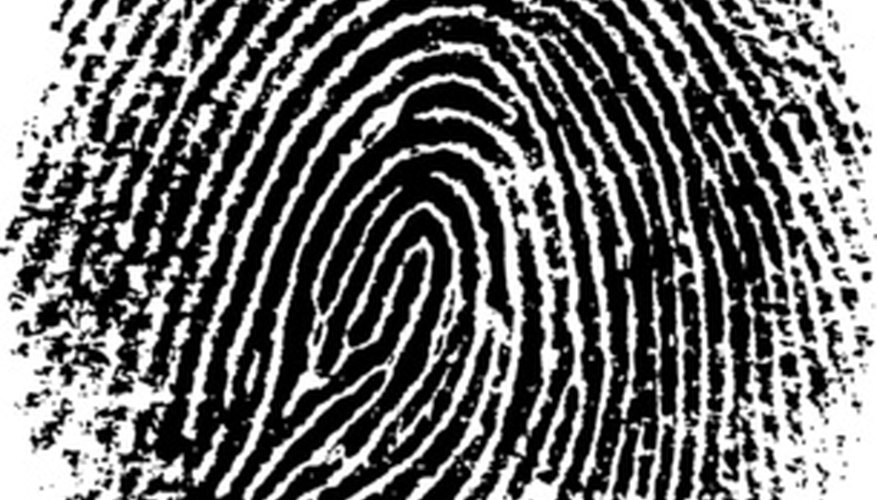Solving a crime takes a lot of time, but thanks to developments in science, forensics technology has evolved rapidly. In the past, blood typing was probably one of the most regarded ways to gather evidence asides from fingerprint matching. Digital technology has enabled the development of forensic databases, which have proven to be an enormous asset to law enforcement.
DNA Database
This is probably the most popular database in forensics because of shows like CSI and NCIS. DNA databases may include profiles of suspects awaiting trial, people arrested, convicted offenders, unknown remains and even members of law enforcement. This database is especially useful for an easier identification process. For example, the police can take a suspect's DNA sample through mouth swabs upon the suspect's capture. Another option can be getting the suspects clothing upon arrest. Whatever the source may be, DNA can then be extracted, characterised and kept in a database. In the future when a crime occurs, forensics experts may run samples through the database for comparison. Although this database may seem ideal, it is not without controversy. Some people oppose the existence of such a database for privacy reasons. This is especially true for people who gave DNA samples in the past. These people may no longer be suspects but their DNA sample is still in the system. Fears may also arise from potential hacking into the records system and possible DNA information leakage into unsavory companies.
- This is probably the most popular database in forensics because of shows like CSI and NCIS.
- In the future when a crime occurs, forensics experts may run samples through the database for comparison.
Bullet Database
This database records bullets and casings found in crime scenes. This is useful in identifying the type of bullet used by a suspect in a particular crime. The disadvantage is that identified bullets must match the gun used by the suspect. This is because the database only records the type of the bullet and the casing. It cannot conclusively prove anything without the suspected gun. It is still useful because it gives the police leads on what kind of gun the suspect used. In the end, this helps narrow down the search to a particular gun.
- This database records bullets and casings found in crime scenes.
- This is useful in identifying the type of bullet used by a suspect in a particular crime.
Paint Sample Database
This database contains paint samples from past and present manufacturers as well as samples from crime scene evidence. The database ranges from common house paint to automotive paints used in the market. The information in the database includes the composition of the paint, the chemical compounds present as well as other possible paint additives. This database is useful, for example, in identifying vehicles used in a crime. The data could show that chemicals found in a particular paint are restricted to a certain year only. It could also show the industries that use this kind of paint for their operation. The database could also show which manufacturers used this paint, thus narrowing the search for suspects further.
- This database contains paint samples from past and present manufacturers as well as samples from crime scene evidence.
- The database could also show which manufacturers used this paint, thus narrowing the search for suspects further.
Shoeprint Database
This database keeps a record of the soles of shoes produced in the market. It is particularly useful for identification and elimination of suspects. For example, the database may eliminate the shoeprints of the victims who were present during the commission of the crime. It also eliminates the shoeprints of the law enforcers who investigated the crime. In turn, the data will then be able to identify which shoeprint belongs to the suspect. It can yield what kind of shoes the suspect wore, the brand of the shoes, what size the shoes were and the stores that carry this brand of shoes. The data can then approximate the height and weight of the perpetrator.
- This database keeps a record of the soles of shoes produced in the market.
- It also eliminates the shoeprints of the law enforcers who investigated the crime.
Tread Database
A tread database carries information on tread patterns of various vehicles. It can be useful in identifying the vehicle that the suspect used and the probable model of this vehicle. This is useful in cases like hit and runs, drive by shootings and vehicular manslaughter. Once the data is processed, it will enable the police to arrest the suspect faster. This is especially true if the suspect presently travels with the vehicle used in the crime.
- A tread database carries information on tread patterns of various vehicles.
- It can be useful in identifying the vehicle that the suspect used and the probable model of this vehicle.
